
Plants, like all living organisms, require nutrients to grow and thrive. These essential nutrients can be categorized into two main groups: macronutrients and micronutrients. Understanding the differences between these two types of nutrients and their roles in plant health is crucial for anyone interested in gardening or agriculture.
What Are Macronutrients?
Macronutrients are elements that plants need in larger quantities. They are foundational to plant health and growth, directly affecting the structure and energy processes within the plant. The primary macronutrients are nitrogen (N), phosphorus (P), and potassium (K), commonly referred to as NPK. These are the key components found in most plant fertilizers.
Nitrogen (N): This element is essential for the growth of leaves and stems. It is a crucial component of chlorophyll, the compound that plants use to photosynthesize sunlight into energy. A deficiency in nitrogen often results in stunted growth and pale green leaves.
Phosphorus (P): Phosphorus is vital for the development of roots, flowers, seeds, and fruit. It plays a significant role in energy transfer and genetic material formation within the plant. Plants lacking phosphorus may exhibit poor flowering and fruiting, as well as weak root systems.
Potassium (K): Potassium helps in water regulation, enzyme activation, and disease resistance. It strengthens the plant’s overall structure and enhances its ability to withstand stress. Deficiencies in potassium can lead to reduced growth, poor resistance to drought and disease, and weak plant structures.
What Are Micronutrients?
Micronutrients are needed in smaller quantities than macronutrients but are still essential for plant health. They function primarily as catalysts in various physiological processes and are just as critical to plant development as macronutrients. The essential micronutrients include iron, manganese, zinc, copper, molybdenum, boron, and chlorine.
Iron: Iron is crucial for chlorophyll synthesis and is involved in several enzymatic processes. Iron deficiency often causes chlorosis, where leaves turn yellow while veins remain green.
Manganese: Manganese plays a role in photosynthesis, respiration, and nitrogen assimilation. Deficiency symptoms include interveinal chlorosis and brown spots on leaves.
Zinc: Zinc is important for growth hormone production and internode elongation. A lack of zinc can cause stunted growth and small leaves.
Copper: Copper is vital for reproductive growth, and its deficiency might lead to poor flowering and fruiting.
Molybdenum: This nutrient is necessary for nitrogen fixation and nitrate reduction. Deficiencies are rare but can lead to poor plant development.
Boron: Boron is essential for cell wall formation and reproductive growth. Signs of boron deficiency include brittle plants and poor fruit development.
Chlorine: Chlorine helps with osmosis and ionic balance within the plant. While deficiencies are rare, they can cause wilting and chlorosis.
Balancing Macro and Micro Nutrients
Both macronutrients and micronutrients are vital for plant health, and maintaining the right balance is key to achieving optimal plant growth. Over-fertilization or lack of specific nutrients can lead to nutrient imbalances and toxicity, which can be as detrimental as deficiencies.
Soil testing is a practical method to determine the nutrient content and pH level of your garden soil, allowing for more precise fertilization. Understanding the specific needs of the plants you are growing is also important, as different plants may require different nutrient ratios.
Conclusion
In conclusion, both macronutrients and micronutrients play crucial roles in plant health and development. By understanding their functions and ensuring the right balance, gardeners and farmers can optimize plant growth and achieve bountiful harvests. Regular monitoring and appropriate fertilization strategies based on soil and plant needs can help maintain this balance effectively.
Plants require macronutrients and micronutrients to grow and thrive. Macronutrients, needed in larger quantities, include nitrogen, phosphorus, and potassium. Micronutrients, needed in smaller quantities, include iron, manganese, zinc, copper, molybdenum, boron, and chlorine. Maintaining the right balance of nutrients is key to optimal plant growth. Soil testing can help determine the nutrient content and guide fertilization strategies. 


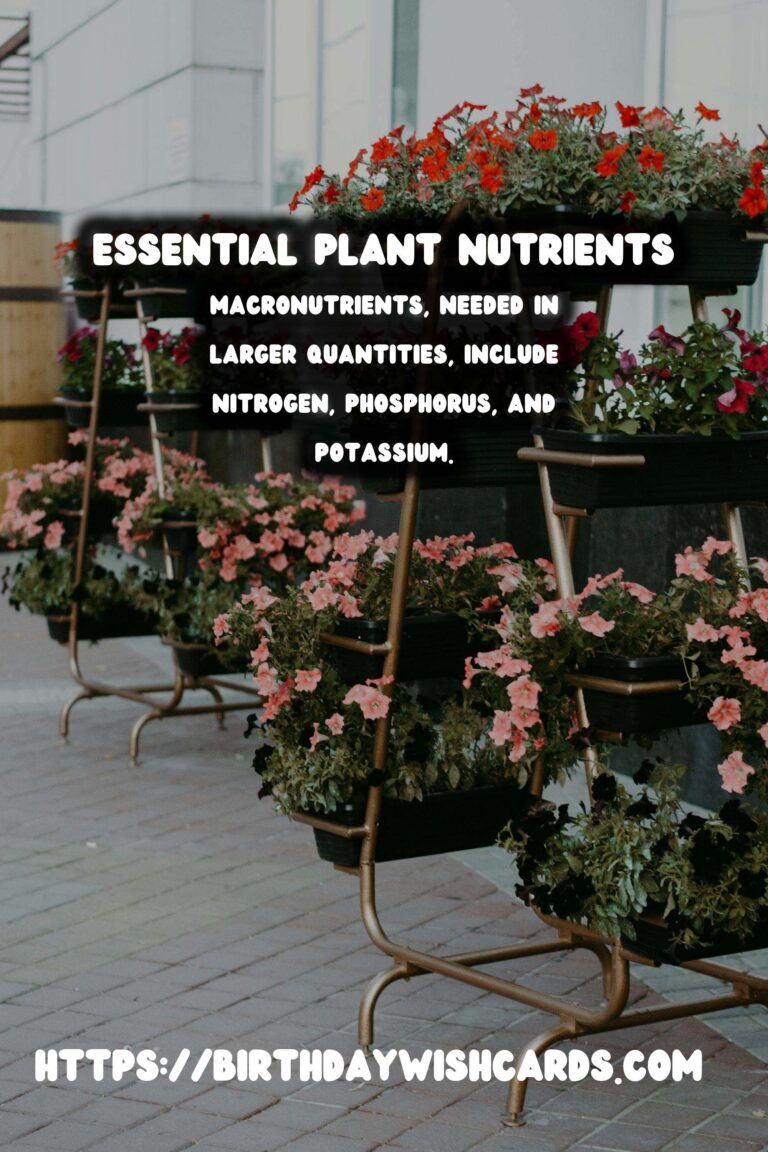

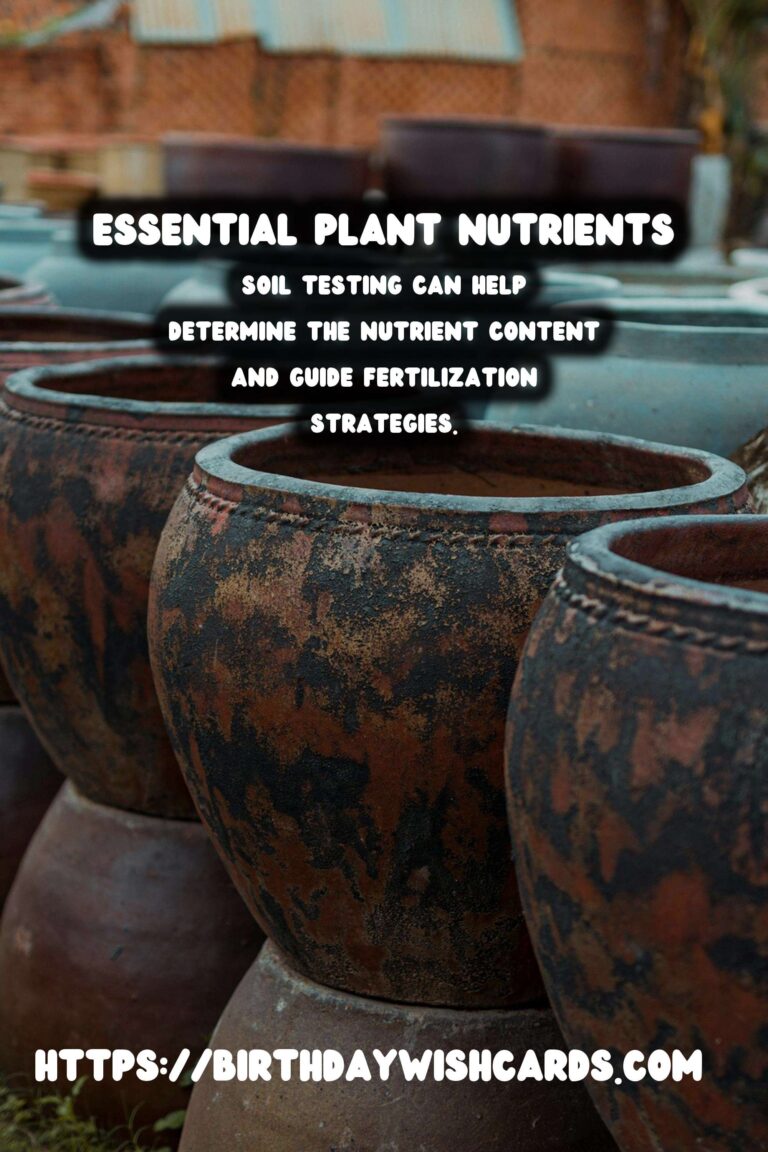
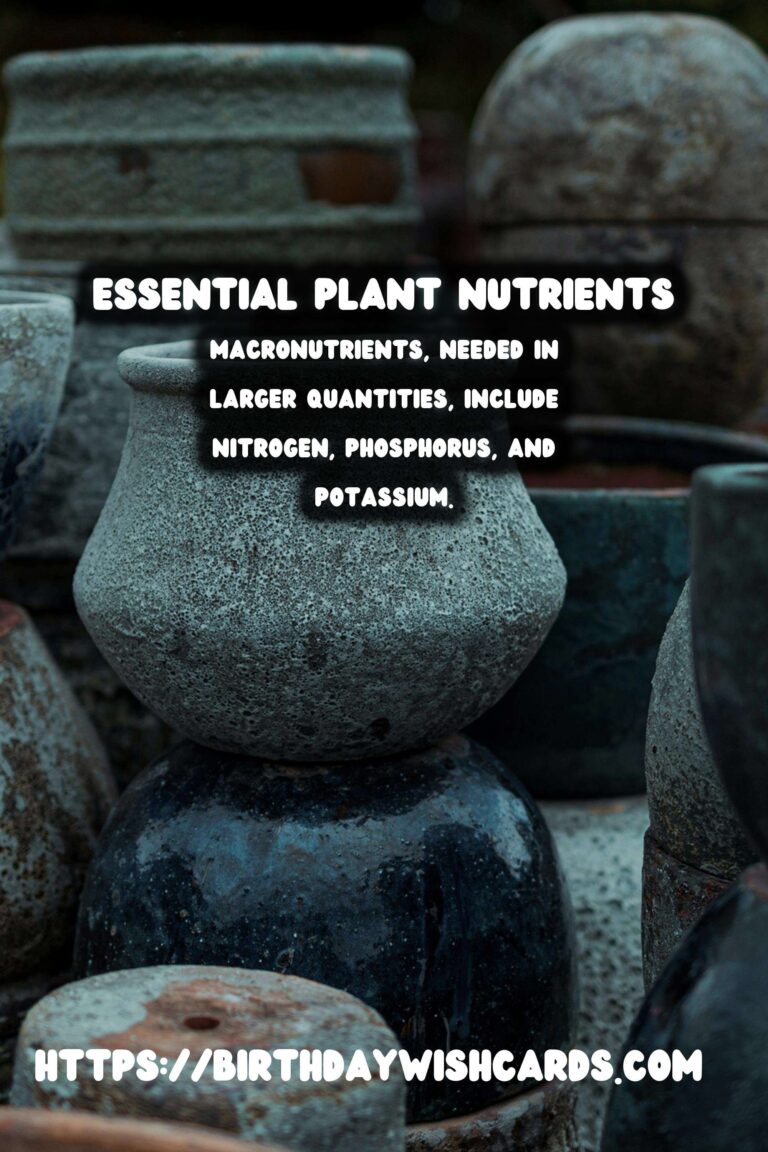
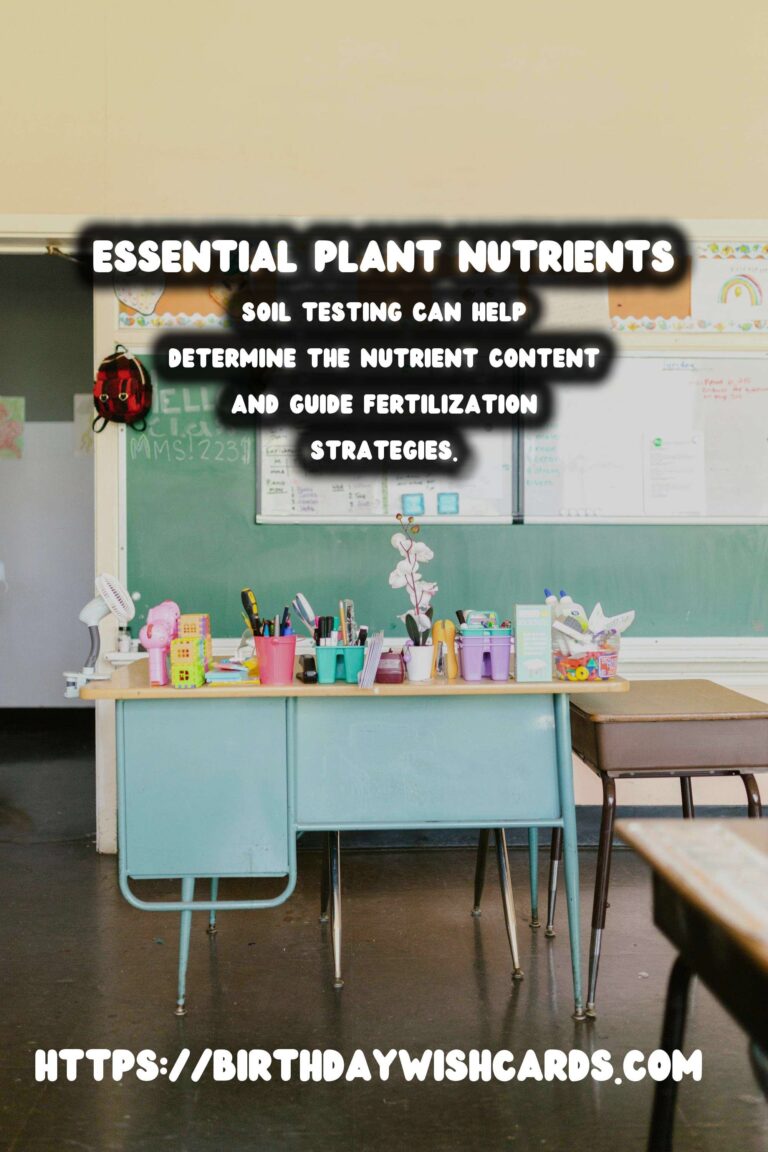
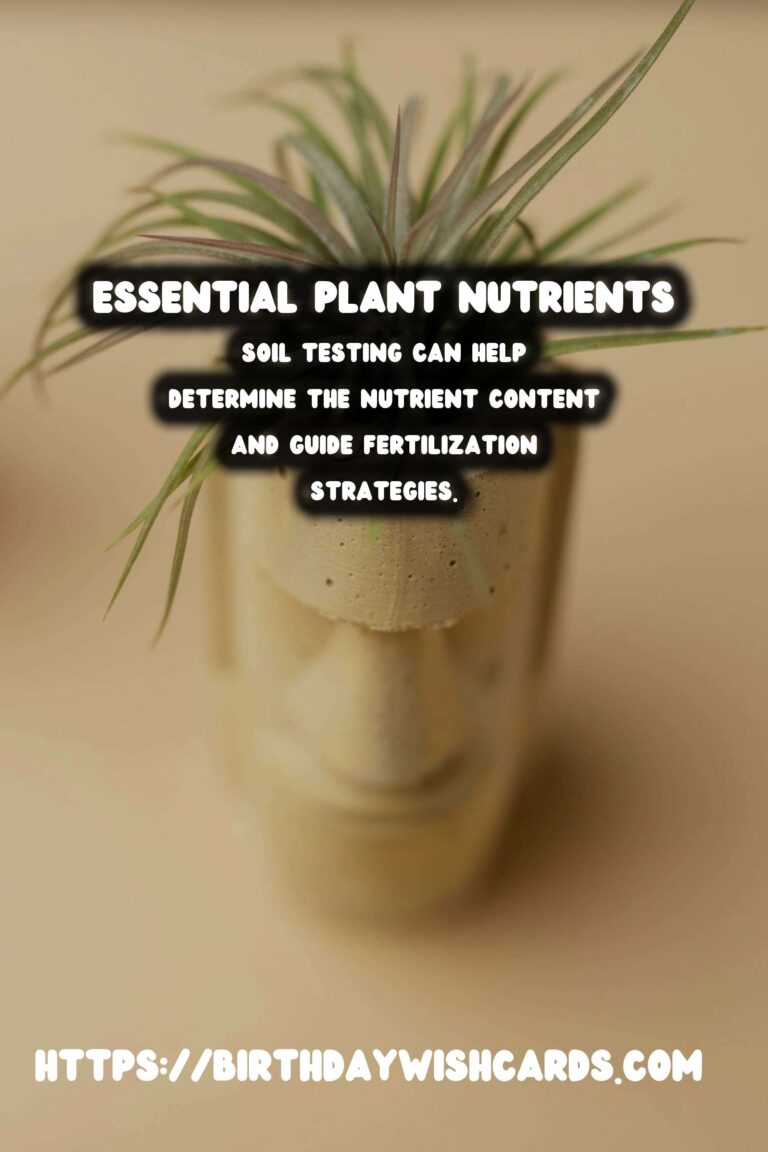
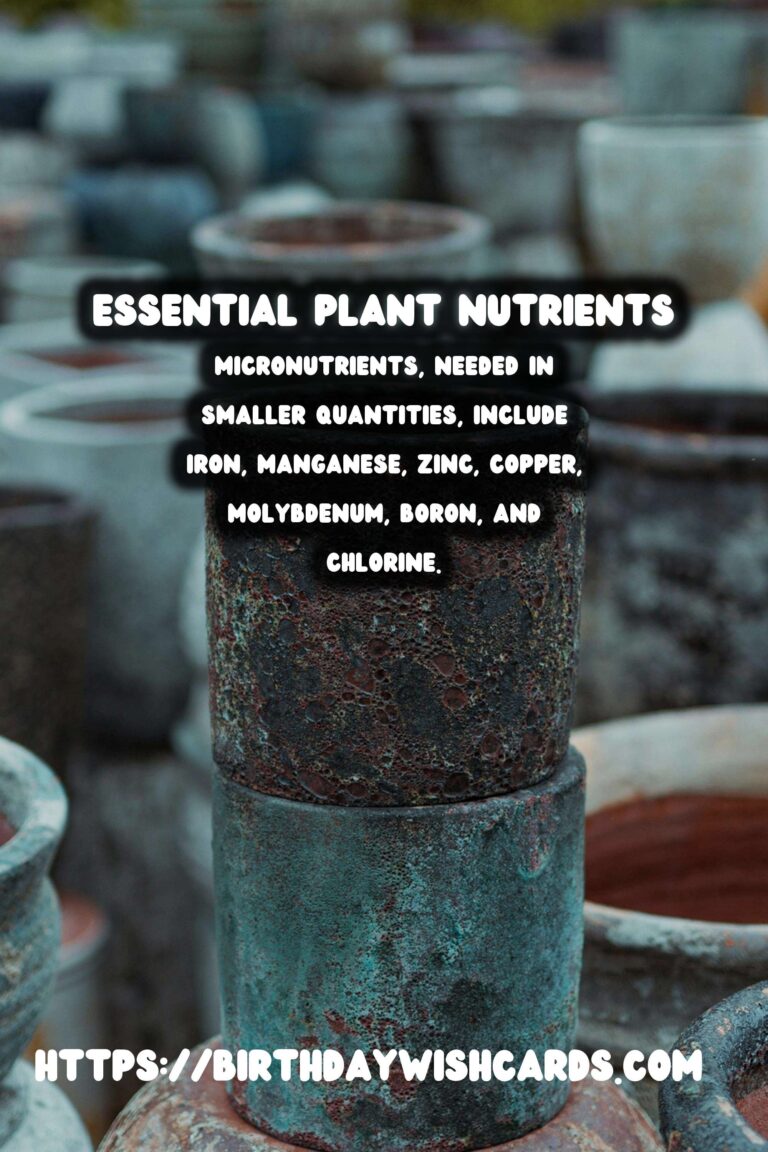
#PlantNutrients #GardeningTips #Macronutrients #Micronutrients #SoilHealth




